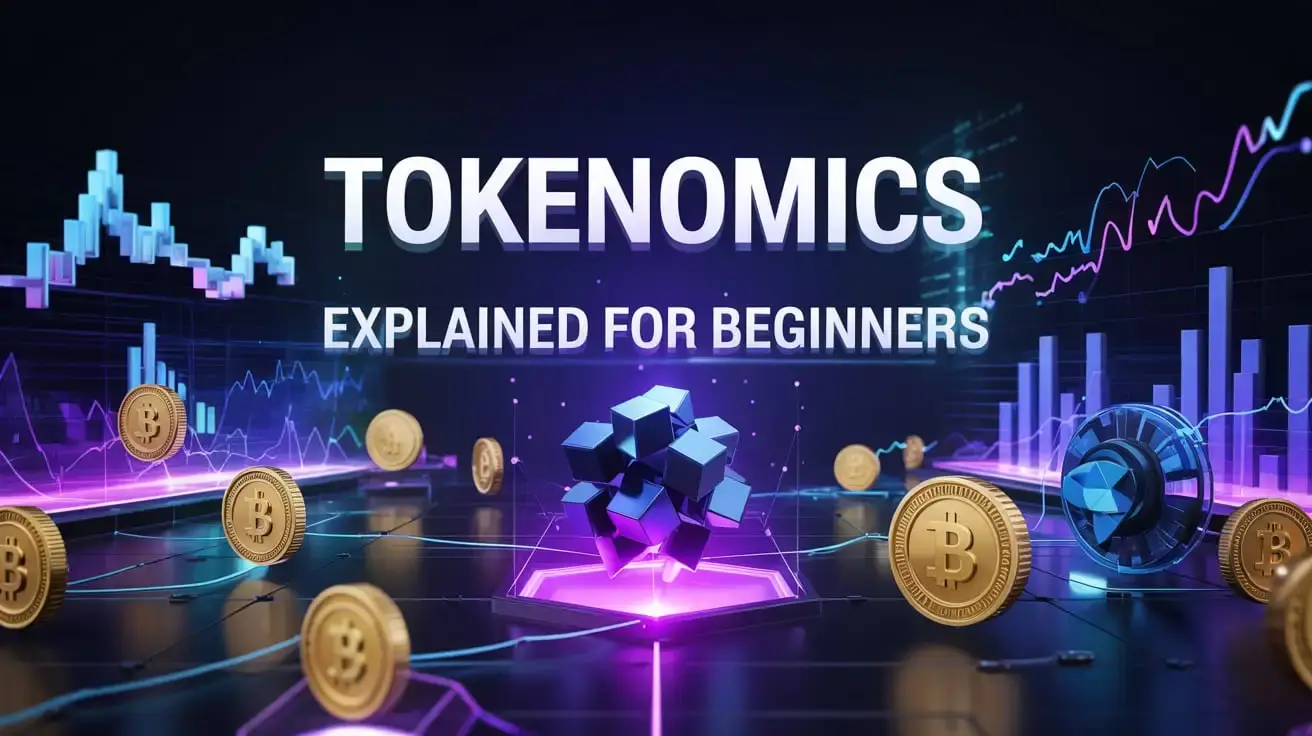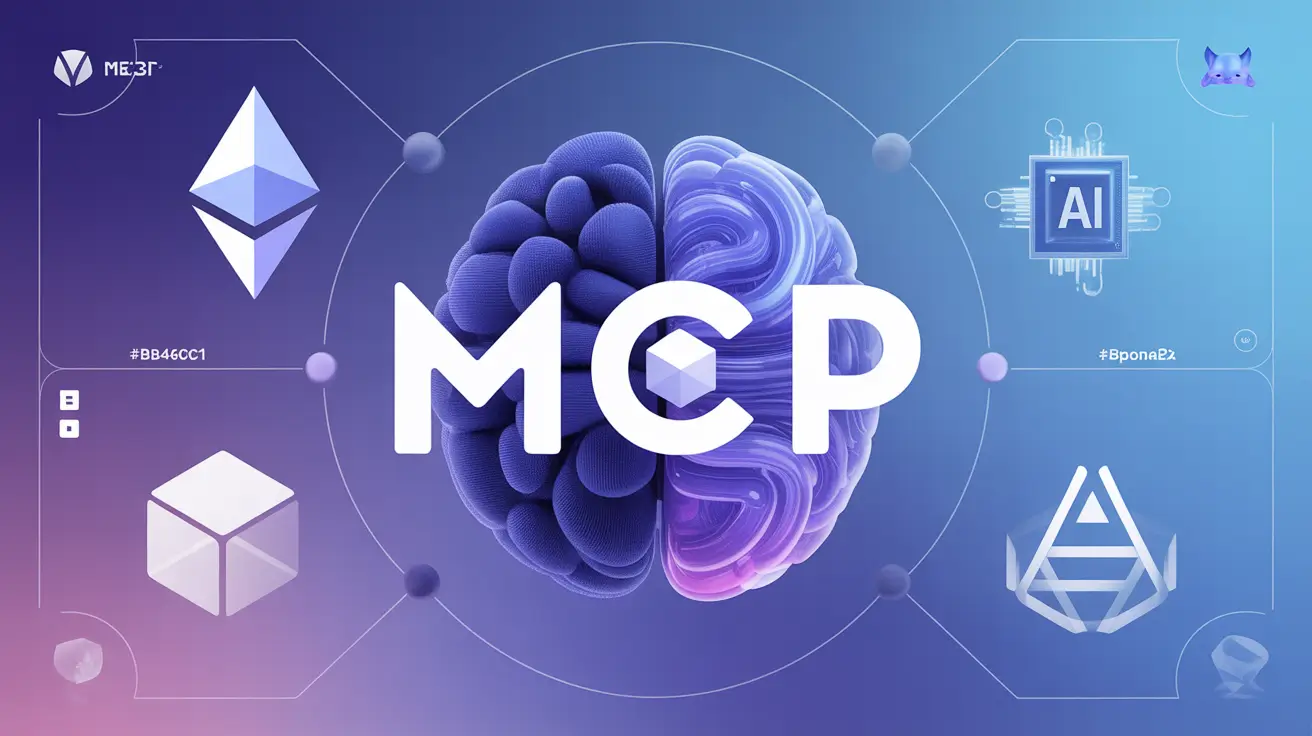Table of Contents
In today’s fast-moving world of digital finance, tokenomics is the foundation that determines whether a cryptocurrency project thrives or collapses. You could have a groundbreaking blockchain innovation, but without a well-designed economic model, it’s bound to struggle. Many promising projects don’t fail due to technical shortcomings but because their token economies lack sustainability. That’s where Tokenomics Explained for Beginners comes in—it helps you understand the financial mechanics behind cryptocurrencies, empowering you to evaluate projects, spot potential risks, and make informed decisions in the ever-evolving crypto space.
What is Tokenomics? A Comprehensive Beginner’s Guide
Tokenomics explained for beginners is far more than a simple economic concept—it’s the intricate science of understanding how a cryptocurrency lives, breathes, and potentially thrives in the complex ecosystem of blockchain technology.
The Fundamental Definition
Tokenomics is the comprehensive study of the economic model surrounding a cryptocurrency or blockchain token, encompassing:
- Token creation and issuance
- Distribution mechanisms
- Supply dynamics
- Utility and use cases
- Incentive structures
- Long-term value proposition
The Critical Importance of Understanding Tokenomics
Why should a beginner invest time in understanding tokenomics? Consider these compelling reasons:
- Investment Intelligence
- Decode the true potential of cryptocurrency projects
- Identify sustainable and promising tokens
- Make informed investment decisions beyond mere hype
- Technical Insight
- Understand the economic design behind blockchain projects
- Recognize the intricate mechanisms that drive token value
- Develop a deeper comprehension of cryptocurrency ecosystems
- Risk Mitigation
- Spot potential red flags in token economic models
- Evaluate the long-term sustainability of crypto projects
- Protect yourself from poorly designed cryptocurrency ventures
Deep Dive: The Core Principles of Tokenomics
Token Supply: The Economic Foundation
Comprehensive Supply Categories
- Total Supply
- The complete number of tokens that currently exist
- Includes both circulating and locked tokens
- Provides a holistic view of token availability
- Circulating Supply
- Tokens actively trading in the market
- Directly influences current market pricing
- Key indicator of token accessibility
- Max Supply
- The absolute maximum number of tokens that will ever be created
- Determines potential scarcity
- Critical for long-term value projection
Total Supply vs. Circulating Supply vs. Max Supply (Table)
| Type of Supply | Definition | Significance |
| Total Supply | Total number of tokens created | Indicates the entire token universe |
| Circulating Supply | Tokens currently in the market | Directly impacts current market price |
| Max Supply | Maximum number of tokens that will ever exist | Determines potential scarcity |
Comparative Supply Models: A Detailed Exploration
Inflationary Token Model
Pros:
- Supports ongoing network incentives
- Allows flexible reward mechanisms
- Encourages active network participation
Cons:
- Potential value dilution
- Risk of decreased token value
- Can create economic uncertainty
Deflationary Token Model
- Limited or decreasing supply
- Prominent Examples: Bitcoin, Binance Coin
Pros:
- Creates inherent scarcity
- Potential for long-term value appreciation
- Encourages long-term holding
Cons:
- Less flexibility for network incentives
- Can create economic pressure
- Potential holding bias
Token Burning: The Sophisticated Deflationary Mechanism
Advanced Burning Strategies
- Transaction Fee Burning
- Percentage of each transaction permanently destroyed
- Creates continuous deflationary pressure
- Directly benefits existing token holders
- Scheduled Burning Events
- Predetermined, transparent token destruction
- Provides predictable economic management
- Builds investor confidence
- Performance-Based Burning
- Token destruction linked to network performance
- Aligns token economics with project growth
- Incentivizes ecosystem development
Token Distribution: Ensuring Economic Fairness
Comprehensive Distribution Strategies
- Initial Coin Offering (ICO)
- Initial Exchange Offering (IEO)
- Initial DEX Offering (IDO)
- Private and Public Sales
- Community Airdrops
- Staking Rewards
- Venture Capital Allocations
Critical Distribution Considerations
- Maintaining decentralization
- Preventing token concentration
- Aligning stakeholder interests
- Ensuring long-term project sustainability
Token Staking: Economic Incentives and Network Security
Advanced Staking Models
- Proof of Stake (PoS)
- Validators selected based on token holdings
- Energy-efficient alternative to proof of work
- Encourages network stability
- Delegated Proof of Stake (DPoS)
- Community-driven validator selection
- Promotes democratic network governance
- Increases decentralization
- Liquid Staking
- Maintain token liquidity while staking
- Reduces opportunity cost
- Provides economic flexibility
Advanced Tokenomics Models: A Comprehensive Exploration
Governance Tokens
- Enable decentralized decision-making
- Provide voting rights in blockchain ecosystems
- Examples: MakerDAO (MKR), Uniswap (UNI)
Governance Token Characteristics
- Voting power proportional to token holdings
- Enable protocol modifications
- Create community-driven development
Utility Tokens
- Access to specific platform services
- Enable unique ecosystem functionalities
- Examples: Chainlink (LINK), Basic Attention Token (BAT)
Utility Token Use Cases
- Platform access
- Service payments
- Ecosystem interactions
- Incentive mechanisms
Security Tokens
- Represent ownership in real-world assets
- Bridging traditional finance with blockchain
- Regulated by securities laws
Security Token Advantages
- Fractional asset ownership
- Increased liquidity
- Transparent ownership transfer
- Reduced intermediary costs
Comprehensive Tokenomics Analysis: Advanced Evaluation Framework
Beginner’s Evaluation Checklist
- Token Supply Analysis
- Total, circulating, and max supply examination
- Supply change mechanism assessment
- Inflationary/deflationary dynamics
- Distribution Fairness Evaluation
- Token allocation percentage review
- Vesting schedule verification
- Team and investor token lock analysis
- Utility and Ecosystem Assessment
- Identifying clear token functionality
- Evaluating real-world application potential
- Understanding ecosystem integration
- Network Incentive Structure
- Staking and reward mechanism analysis
- Governance structure evaluation
- Long-term motivation strategy assessment
Red Flags in Tokenomics
Warning Signs to Watch
- Excessive, non-transparent token allocation
- Lack of clear utility
- Centralized token distribution
- Unrealistic economic promises
- Absence of burning or value-accrual mechanisms
Advanced Tokenomics Concepts
Dynamic Token Economics
- Adaptive supply mechanisms
- Real-time economic adjustments
- Machine learning-driven tokenomics
Cross-Chain Tokenomics
- Interoperability between different blockchain ecosystems
- Complex economic interactions
- Multi-token economic models
Frequently Asked Questions: Tokenomics Demystified
Q1: How Do I Identify Strong Tokenomics?
Key Indicators:
- Transparent distribution
- Clear utility
- Sustainable supply mechanism
- Active community
- Strong development roadmap
Q2: Can Tokenomics Change?
Factors Influencing Changes:
- Community feedback
- Market conditions
- Technological advancements
- Regulatory environments
Q3: Are All Tokens Identical?
Token Variations:
- Purpose
- Distribution model
- Utility
- Governance structures
- Economic design
Q4: How Important is Community in Tokenomics?
Community Impact:
- Drives token adoption
- Provides governance input
- Influences long-term project success
- Creates network effects
Conclusion: Your Tokenomics Mastery Journey
Tokenomics explained for beginners is more than a technical concept—it’s your comprehensive guide to understanding the sophisticated economic machinery behind cryptocurrencies. By mastering these principles, you transform from a casual observer to an informed participant in the blockchain ecosystem.
Your Continued Learning Path
- Stay perpetually curious
- Analyze projects critically
- Continuously expand your knowledge
- Engage with blockchain communities
- Practice practical application of tokenomics principles
Ready to Analyze Tokenomics Like a Pro?
Understanding tokenomics is just the beginning—now it’s time to put your knowledge to the test! Use the Apex Web3 Free Tokenomics Analyzer Tool to assess crypto projects instantly. Make smarter investment decisions and stay ahead in the blockchain space!
Disclaimer: This guide is for educational purposes and should not be considered financial advice. Always conduct thorough research and consult financial professionals.





